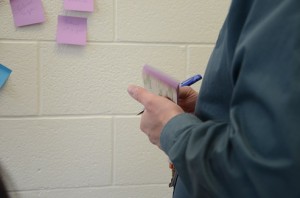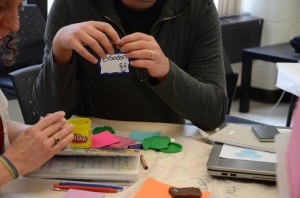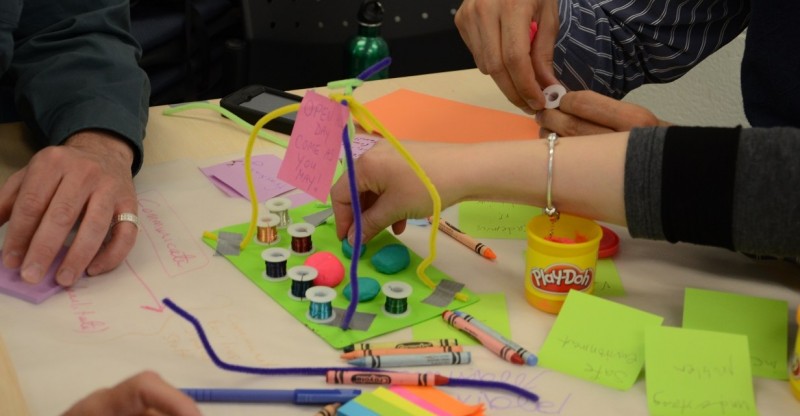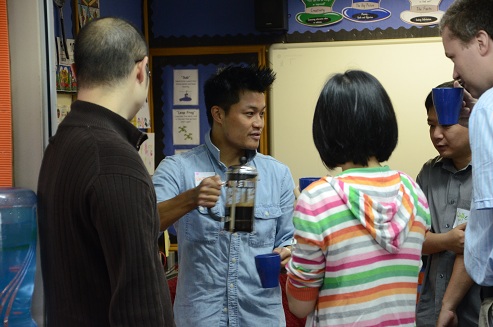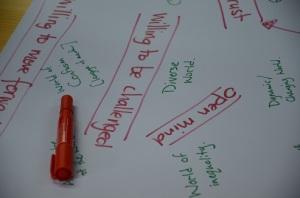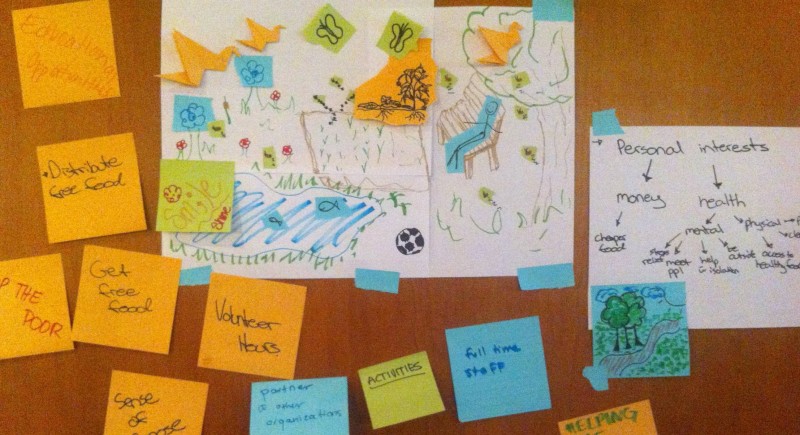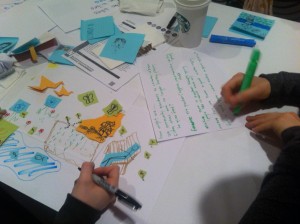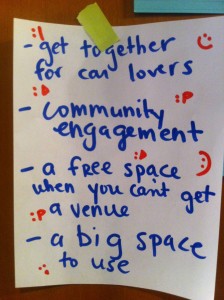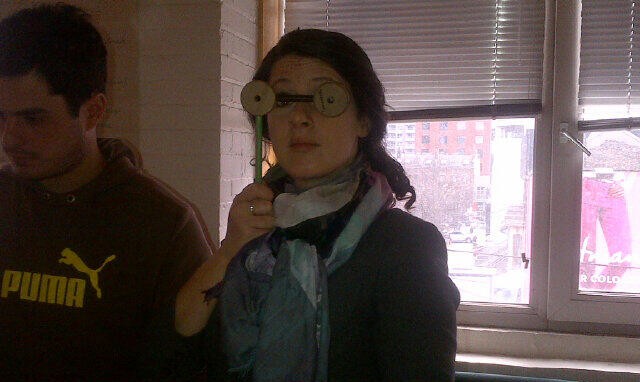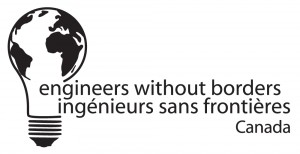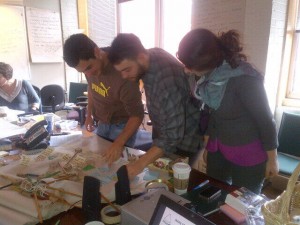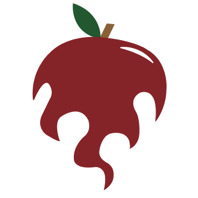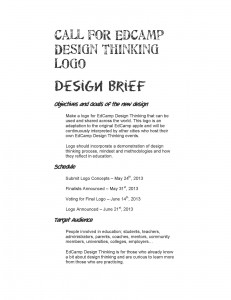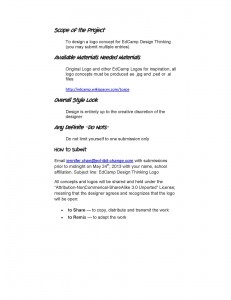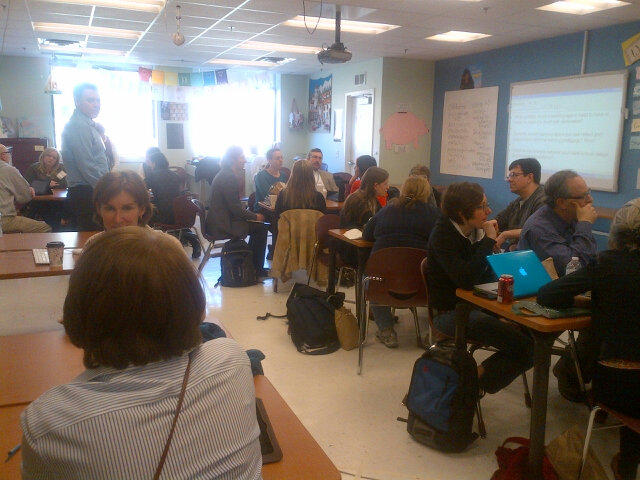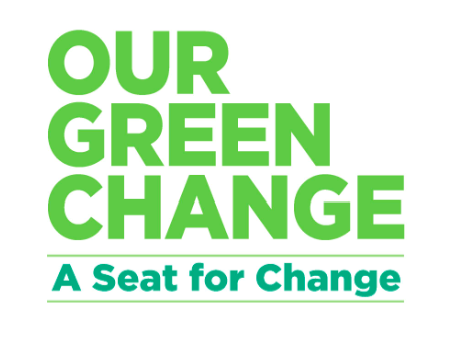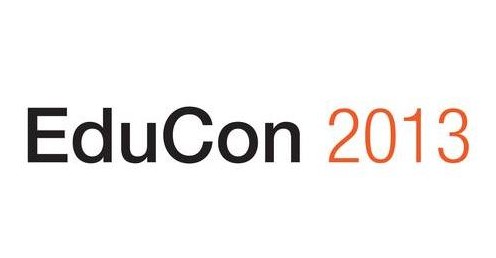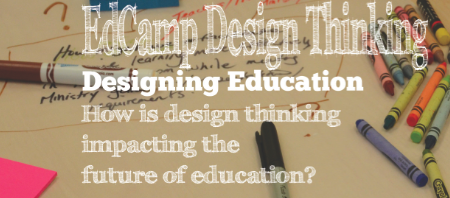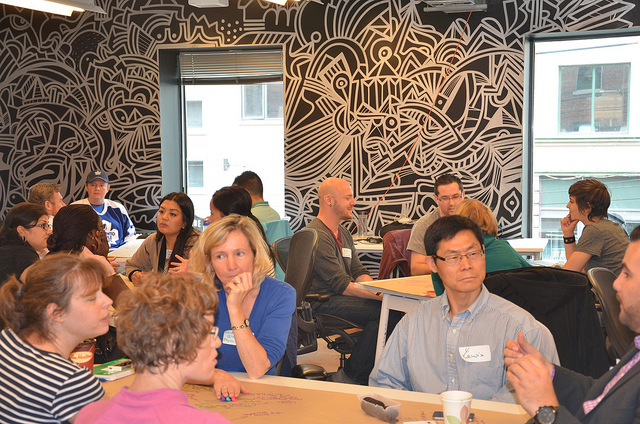I was in Philadelphia for the weekend of January 25-27 to present “Where are the Beautiful Learning Spaces?” with Andrew Campbell. The conference, #EduCon 2.5 was hosted at the Science Leadership Academy (SLA) which is a public school that was developed in partnership between the public school board and the Franklin Institute, the science centre. The Franklin Institute, as the founding partner, launched SLA to promote science and leadership in education, the project is highly successful and an inspiring example of putting good ideas to action.
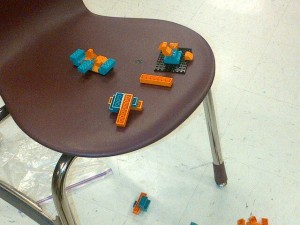
Together, SLA and the Franklin Institute is bringing museum education, inquiry-driven, project based curriculum to life and sharing all the way, as demonstrated by #EduCon.
For me, #EduCon demonstrated to me how schools can be entrepreneurial, thought leaders, provocative and participate in bringing together some amazing people together. While the conference is highly supported online via Google hangouts and the massive twitter feed (actually went trending several times and then we started getting spammed…) there is nothing that can beat being there in person and getting to connect with people.
I got a chance to meet many people who I have talked to online and I feel like those in-person moments will solidify the existing relationships. Here are a few honourable mentions; Christian Long, educator of The Third Teacher, Dan Callahan, EdCamp; Alex Gillam, Public Workshop; Greg Bamford, Leading is Learning. Each of these people are making things happen in education, they are inspiring my work and I was ecstatic to meet them. I also met a slew of new people to add to my inspiration list; Christina Jenkins, designer of Quark Cards; Karen Blumberg, TedxYouth@School EdCampNYC & RoboExpo; Mary Cantwell, Deep Design Thinking and the most important people of all, the ones that come to our session! (More to come on that in another post)
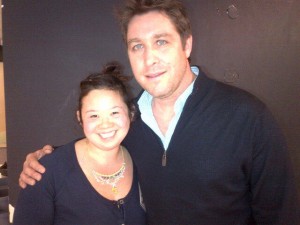
I was surprised and loved the fact that a lot of the sessions were around design thinking. It meant that people spoke my language. Educators and designers who were using design thinking in the classroom, in education consulting and in thinking about the education system. It was simply marvellous!
Like all conferences, at some point we go back to our day jobs and all you can do is try and hold on to the memories to see what it may spark. I can say that there was more then a few ideas that were sparked and propelled by my weekend in Philly. Thanks Educon for inspiration, the cool peeps and the chance to eat a Philly cheese steak IN Philadelphia.
See you again,
Jenn
And an extra special thank you to Patti Walker, President of Marathon Learning Materials Ltd. I couldn’t have done it without you. Your unconditional support is unbelievable!
